54
17
Is there a quick and easy way to find the Unicode code point for any character? For example, I see a funny character on a web page, or a PDF file, or some other document.
What I current do is copy the character to the clipboard, save it to a file, and look at the file with a hex viewer. Alternatively I can open Microsoft Word, paste and do Alt+X. Both of these methods are a bit cumbersome. Is there an easier way?
I use Notepad++ so if there's any way to do that with Notepad++, it would be a suitable answer (it's less cumbersome than having to open Word). Or maybe there's a way to do it with a small specialised application?

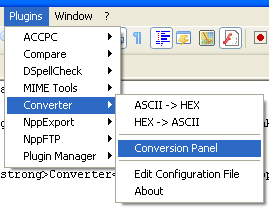
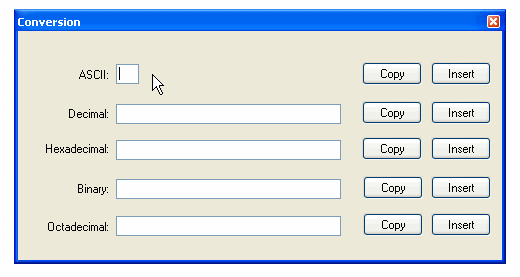

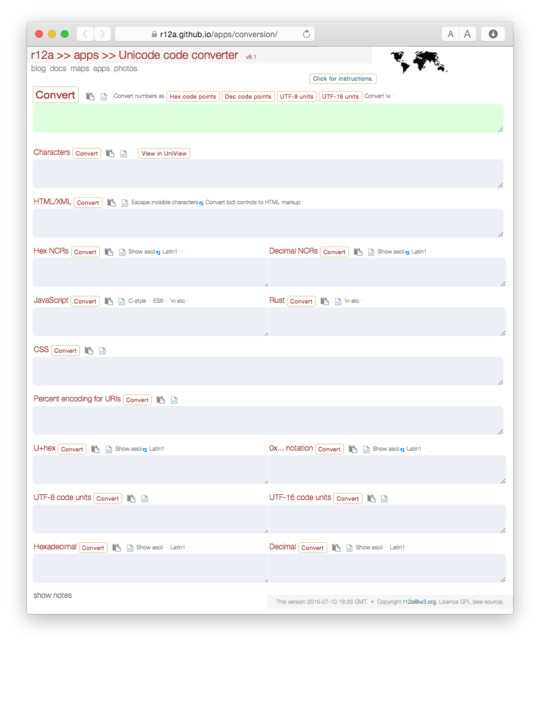
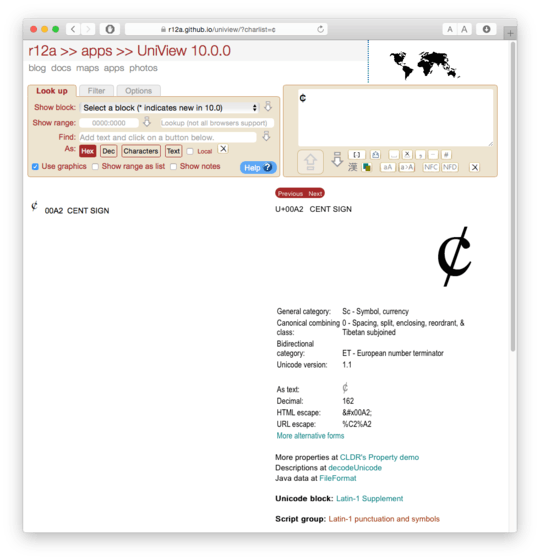
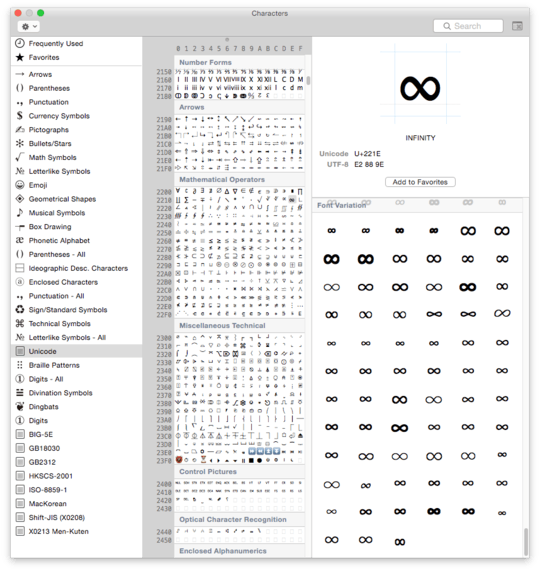
5http://www.ltg.ed.ac.uk/~richard/utf-8.html Nice tool, worth a bookmark! – tkausl – 2017-12-16T04:14:24.907
How can the accepted answer be accepted? It does not mention Unicode at all and does not work well for Unicode. How exactly did it solve your question? Try and see that it won't work. It doesn't even display the character. – Thomas Weller – 2017-12-17T10:18:57.680
@ThomasWeller you make a good point, and I've changed my accepted answer. It seems that Notepad++ can only cope with 16-bit characters and doesn't understand code points greater than 0xFFFF, which your example character is. – DodgyCodeException – 2017-12-17T10:30:58.727
@user202729 It's not 2 years old. It says "asked Dec 15" which means "December the 15th of this year", not "December 2015". So it's only 3 days old. I don't understand why this question keeps getting upvoted. It was only a simple question about something simple that I was wondering about. – DodgyCodeException – 2017-12-18T13:15:00.543
I thought it's year 2015. About why it's upvoted, it's because it's on Hot Network Question list. (and it's somewhat useful, too, though I'm not sure if everyone encounter weird Unicode character all the time) – user202729 – 2017-12-18T13:16:43.747
You wonder why your question got so many upvotes, but it has generated a plethora of useful (and also less useful) answers, so, yeah, that deserves some merit. And it also popped up when I fired up my SE app – thymaro – 2017-12-19T08:53:32.147
1
An online tool is What Unicode character is this, http://www.babelstone.co.uk/Unicode/whatisit.html
– DrMoishe Pippik – 2018-01-08T22:14:44.657